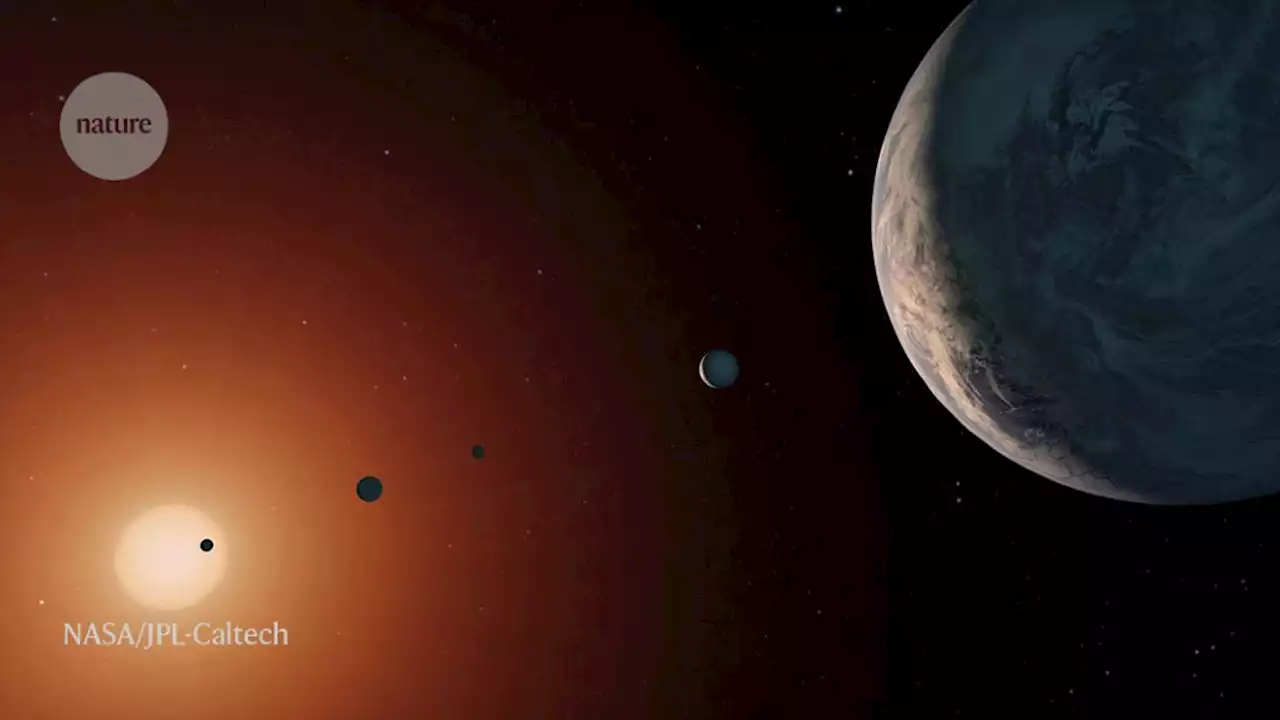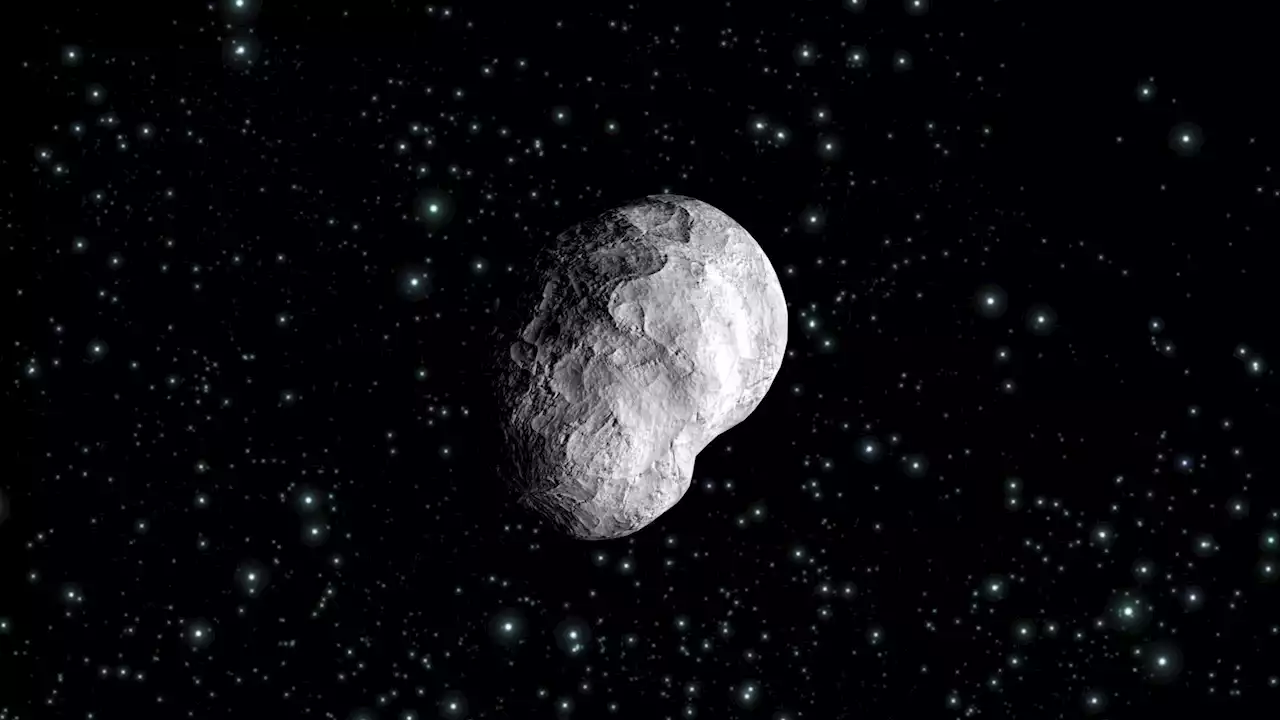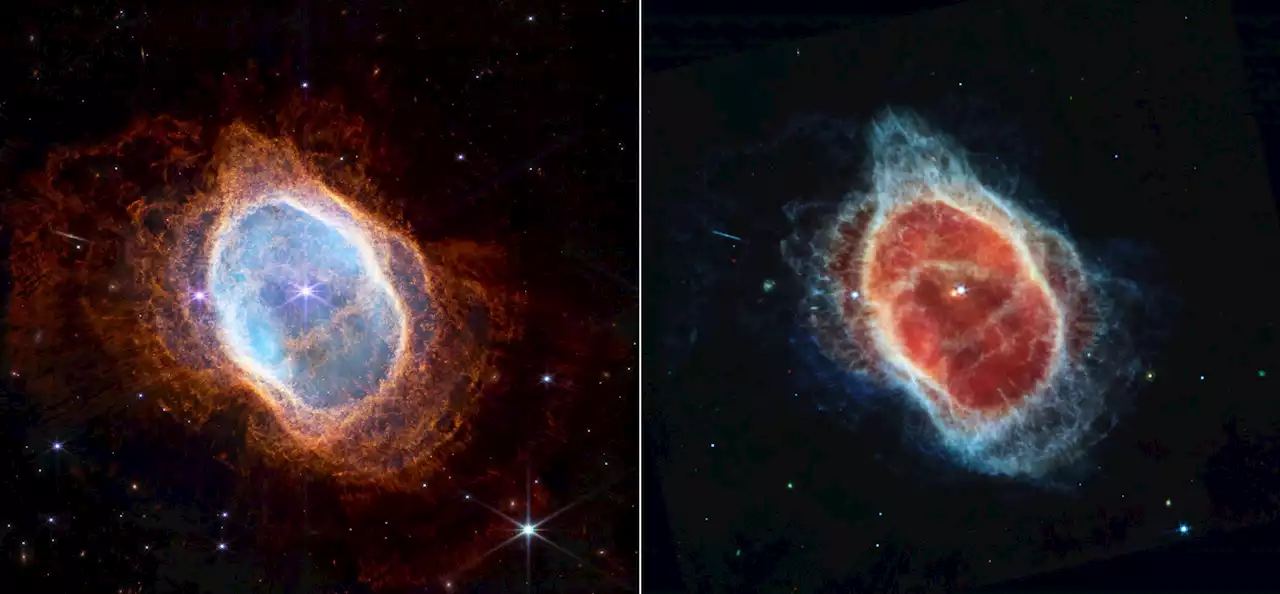Astronomers make most extensive study yet of young stars' magnetic activity ChandraXray AAS_Publishing
1. IntroductionPre-main-sequence stars are fully or partially convective, rapidly-rotating young stars that exhibit enhanced magnetic activity, which indicates the presence of powerful magnetic dynamos. Evidence includes cool starspots covering considerable fractions of the surface, high surface magnetic fields, and magnetic reconnection flares producing ∼1000–10,000 times more X-ray emission than the contemporary Sun .
Consequently, there is limited empirical evidence for the effects of the interior changes on surface magnetic activity. It is widely believed that fully convective e-PMS stars generate magnetic fields through a distributed turbulent α2-type magnetic dynamo rather than solar-type tachoclinal αΩ-type dynamos . It is unclear whether α2 dynamos will grow fields up to equipartition strength or whether they will saturate at weaker levels.
2. Past Studies on X-ray Evolution in PMS StarsPreibisch & Feigelson introduce two different approaches to study the age-dependence of the stellar X-ray luminosity . One deals with LX changes over a short time range, first 10 Myr of stellar evolution, based on the single X-ray data set of stars in Orion Nebula with the assumption that the related isochronal age spread of ∼10 Myr in the Orion Nebula is real.
Finally, we note that these clusters were subject to previous membership analysis with a multi-stage statistical techniques applied to the Gaia DR2 catalog without considering any Chandra sources . All but a handful of C20 members located inside the Chandra ACIS-I fields have counterparts belonging to our Groups 1, 2, 5, and 6. Those without counterparts generally have astrometry discrepancies between the Gaia DR2 and EDR3 catalogs.
Table 5 lists the spectral fit results. For each stacked spectrum, it gives the range of source's X-ray median energy, total number of X-ray net counts, quality of the overall fit, column density, temperature of the hot plasma component, emission measures, and incident absorption corrected X-ray flux for the overall stacked spectrum. This flux is derived using the XSPEC command flux assuming zero absorption. Note. Column 1: Cluster name and spectral stratum id.
7. MYStIX/SFiNCs StarsThe interpretation of the 7–25 Myr clusters examined here greatly benefits from comparison to previously reported X-ray studies of 0.5–5 Myr stellar clusters in the MYStIX and SFiNCs projects. The MYStIX Chandra survey covers 20 regions that are dominated by multiple O-type stars at typical distances 1.5 ≤ d ≤ 2.5 kpc, while the SFiNCs survey covers 22 regions dominated by single O- or multiple B-type stars at typical distances 0.3 ≤ d ≤ 0.8 kpc.
Only a portion of this table is shown here to demonstrate its form and content. A machine-readable version of the full table is available.8. PMS X-ray Emission Dependence on MassMain sequence stellar activity is primarily a function of rotation . However, e-PMS activity depends on bulk properties, such as mass, surface area and volume . The evolution of interior structure during the l-PMS phase shown in Figure 1 is also strongly dependent on mass.
It is difficult to visually compare the cluster LX − M distributions given the wide range of luminosities and different fractions of nondetections. To assist in this comparison we calculate smooth curves representing the median values , and the 25% and 75% quartiles of the LX values as a function of mass. These curves are calculated as follows.
The combination of these effects causes a distinctive drift of the turnover point with age. Again this is best seen in the smooth median LX − M curves in the last panel of Figure 7. For the e-PMS phase, the analysis is limited to the nearby MYStIX/SFiNCs stellar samples with better sensitivities toward low-mass stars and completeness limits down to 0.5–0.75 M⊙. 10 Each region is shown as a gray point in Figure 8. We also consider lightly-absorbed are encouraged to use our data for calibration and refinement of their models.
But in low-mass e-PMS stars, it is not clear which stage is saturated: interior dynamos, surface filling factors, or some process above the stellar surface such as centrifugal stripping of X-ray coronal structures . It is possible that a combination of some of these processes is responsible for the X-ray saturation.
The explanation for this change in X-ray behavior is unclear. Perhaps, unlike the MYStIX/SFiNCs e-PMS regime, the convective dynamo finally becomes responsive to changes in stellar volume and produces weaker surface fields, and consequently weaker X-ray flares. And/or perhaps the smaller stellar surface is unable to sustain the enormous polar loops responsible for the strongest X-ray flares.
Coffaro et al. also find that the X-ray cycle amplitudes of ϵ Eri and Kepler-63 are the smallest and their surfaces may be profusely covered by solar-type X-ray emitting magnetic structures . Careful analyses of mass-stratified X-ray spectral stacking, mass-stratified super-flare energies and frequencies, and rotation rates for l-PMS stars need to be performed to examine whether the solar-mass l-PMS stars exhibit similar X-ray surface saturation.
The vast majority of the 3.5–7 M⊙ stars are fully radiative and have already reached the main sequence. A few are approaching their post-main-sequence regime . Many of them are A- and late-B type stars.
The bifurcation of e-PMS stars on the plane around erg s−1 is partially due to the presence of numerous large X-ray flares. The occurrence rate of super and mega flares in solar-mass e-PMS stars is ∼200 and ∼2 flares per star per year, respectively . Large flares from PMS stars may significantly impact the physical and chemical evolution of circumstellar disks.
The stellar XUV radiation is absorbed by atmospheric gas, producing excitation, dissociation, and ionization of atmospheric species. Photoionization generates photoelectrons with energies sufficient for the subsequent ionization and excitation of atomic and molecular hydrogen.
At stellar ages ∼10 Myr, we find that l-PMS stars with masses 0.75–1 M⊙ and 1–2 M⊙ have typical median of 29.7 erg s−1 and 75%-quartiles up to erg s−1 . Assuming the X-ray-to-EUV conversion of LEUV =4 × LX , the XUV luminosities of many ∼10 Myr solar-mass l-PMS stars would be in the range × LXUV,⊙.
Third, we will extend our Chandra observations to older clusters in the 25–150 Myr age range. The αΩ dynamo should now be the sole process for generating surface magnetic fields of many >0.7 M⊙ PMS stars. The decay of characteristic and flare XUV luminosities can be quantified for improved modeling of planetary atmospheres. Fast- and slow-rotating stars may have different XUV evolutions.
Argentina Últimas Noticias, Argentina Titulares
Similar News:También puedes leer noticias similares a ésta que hemos recopilado de otras fuentes de noticias.
 JWST gets first glimpse of 7-planet system with potentially habitable worldsAstronomers have been eager for the landmark telescope to study the TRAPPIST-1 system.
JWST gets first glimpse of 7-planet system with potentially habitable worldsAstronomers have been eager for the landmark telescope to study the TRAPPIST-1 system.
Leer más »
 ESA challenges amateur astronomers to spot a ‘Christmas’ asteroidOn December 15 at 3:12 a.m. EST (0812 am GMT) the asteroid, called 2015 RN35, will come its closest to Earth giving amateur astronomers a chance to study it.
ESA challenges amateur astronomers to spot a ‘Christmas’ asteroidOn December 15 at 3:12 a.m. EST (0812 am GMT) the asteroid, called 2015 RN35, will come its closest to Earth giving amateur astronomers a chance to study it.
Leer más »
 “Water Worlds” – Astronomers Discover That Two Exoplanets Are Unlike Any Planets in Our Solar SystemTeam of astronomers led by the University of Montreal (UdeM) find that two exoplanets may be mostly water. Astronomers have discovered evidence that two exoplanets orbiting a red dwarf star are “water worlds,” planets where water makes up a large fraction of the volume. Located in a planetary sys
“Water Worlds” – Astronomers Discover That Two Exoplanets Are Unlike Any Planets in Our Solar SystemTeam of astronomers led by the University of Montreal (UdeM) find that two exoplanets may be mostly water. Astronomers have discovered evidence that two exoplanets orbiting a red dwarf star are “water worlds,” planets where water makes up a large fraction of the volume. Located in a planetary sys
Leer más »
 Astronomers discover strange twin planets might be water worldsMeghan is a senior writer at Space.com and has more than five years' experience as a science journalist based in New York City. She joined Space.com in July 2018, with previous writing published in outlets including Newsweek and Audubon. Meghan earned an MA in science journalism from New York University and a BA in classics from Georgetown University, and in her free time she enjoys reading and visiting museums. Follow her on Twitter at meghanbartels.
Astronomers discover strange twin planets might be water worldsMeghan is a senior writer at Space.com and has more than five years' experience as a science journalist based in New York City. She joined Space.com in July 2018, with previous writing published in outlets including Newsweek and Audubon. Meghan earned an MA in science journalism from New York University and a BA in classics from Georgetown University, and in her free time she enjoys reading and visiting museums. Follow her on Twitter at meghanbartels.
Leer más »
 The Formation of the Southern Ring Nebula was Messier Than the Death of a Single StarThe Formation of the Southern Ring Nebula was Messier Than the Death of a Single Star - by BrianKoberlein
The Formation of the Southern Ring Nebula was Messier Than the Death of a Single StarThe Formation of the Southern Ring Nebula was Messier Than the Death of a Single Star - by BrianKoberlein
Leer más »
 Criminal Minds: Evolution Episode 5 'Oedipus Wrecks' Images ReleasedSet to hit this week, here's a look at the preview images for ParamountPlus' CriminalMindsEvolution Season 16 Episode 5 'Oedipus Wrecks.' / CriminalMinds UnSub BAU
Criminal Minds: Evolution Episode 5 'Oedipus Wrecks' Images ReleasedSet to hit this week, here's a look at the preview images for ParamountPlus' CriminalMindsEvolution Season 16 Episode 5 'Oedipus Wrecks.' / CriminalMinds UnSub BAU
Leer más »